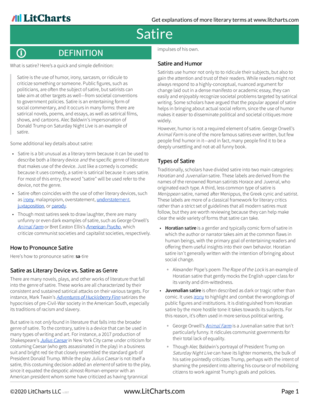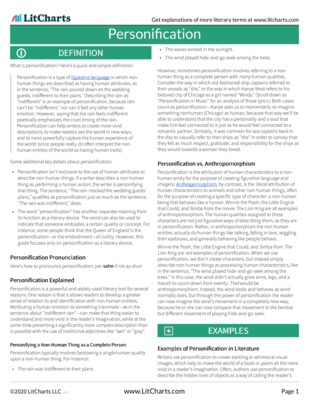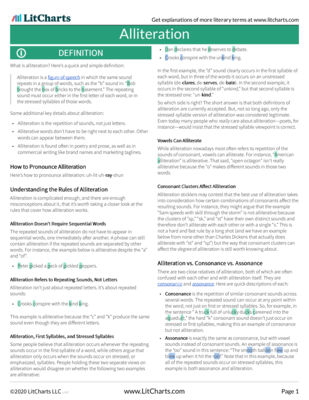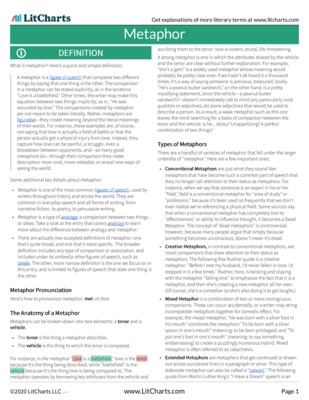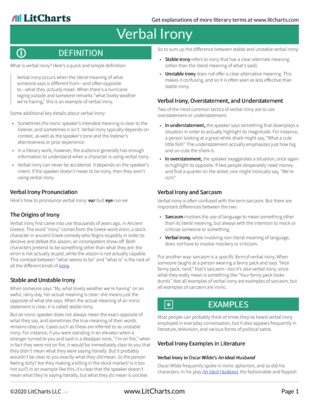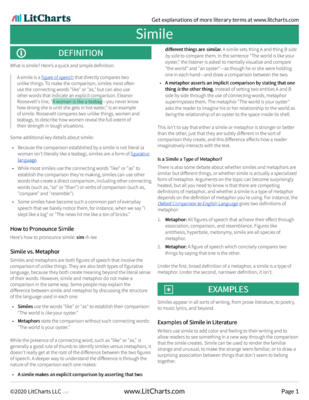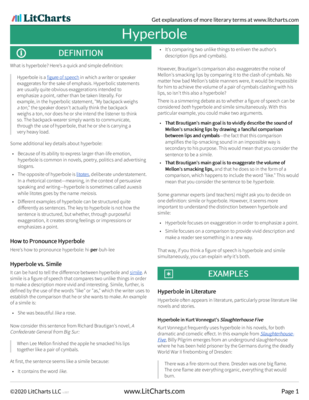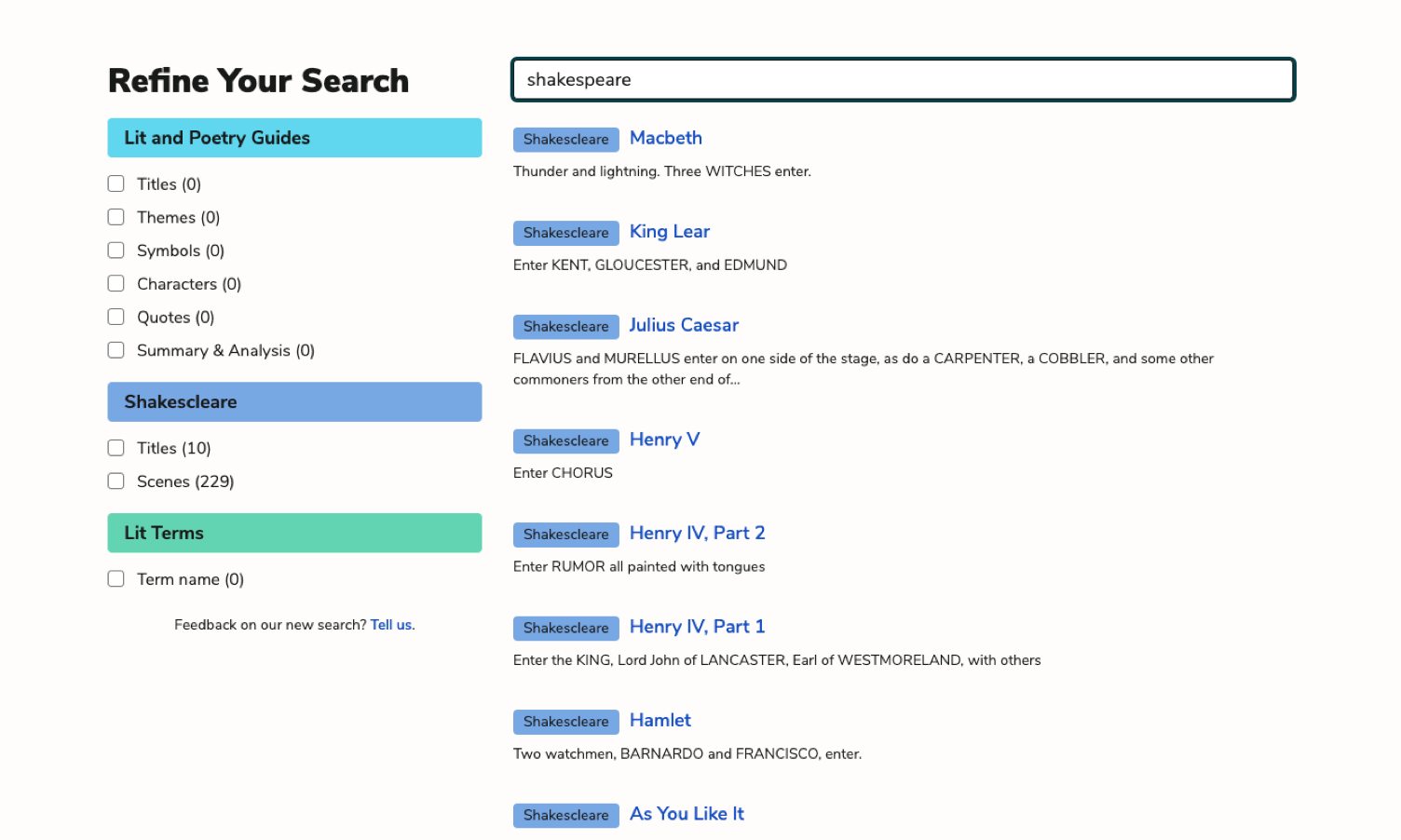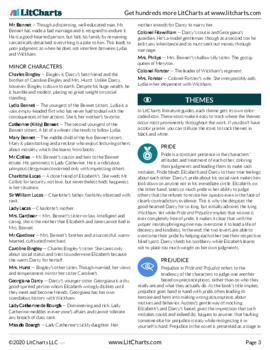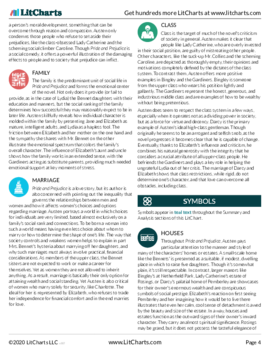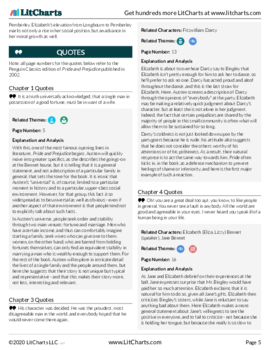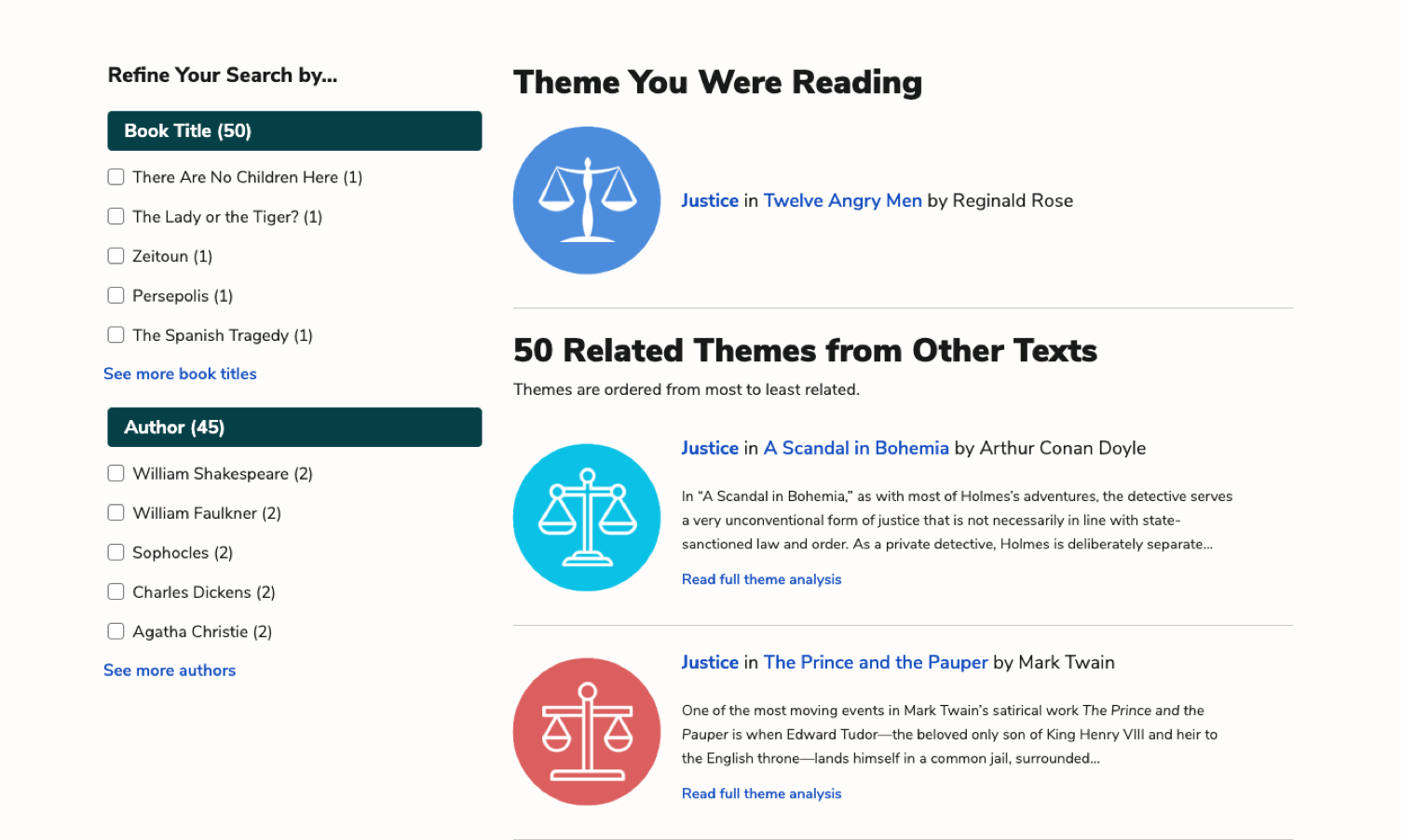- All's Well That Ends Well
- Antony and Cleopatra
- As You Like It
- The Comedy of Errors
- Coriolanus
- Cymbeline
- Hamlet
- Henry IV, Part 1
- Henry IV, Part 2
- Henry V
- Henry VI, Part 1
- Henry VI, Part 2
- Henry VI, Part 3
- Henry VIII
- Julius Caesar
- King John
- King Lear
- Love's Labor's Lost
- A Lover's Complaint
- Macbeth
- Measure for Measure
- The Merchant of Venice
- The Merry Wives of Windsor
- A Midsummer Night's Dream
- Much Ado About Nothing
- Othello
- Pericles
- The Rape of Lucrece
- Richard II
- Richard III
- Romeo and Juliet
- Shakespeare's Sonnets
- The Taming of the Shrew
- The Tempest
- Timon of Athens
- Titus Andronicus
- Troilus and Cressida
- Twelfth Night
- The Two Gentlemen of Verona
- Venus and Adonis
- The Winter's Tale
plus so much more...
-
Before Line 1, Lines 1-5
"The Unknown Citizen" is a sinister elegy delivered by the government for a man who has recently died. There is tension between the contents of the elegy and the description of the man as "unknown." In fact, this isn't an unidentified man, but rather one whom the government seems to know everything about. The poem even begins with an inscription that looks to be some sort of identification number! The poem, then, asks the reader to think about other ways in which the man could be described as "unknown."
The poem opens by offering a general report about the man's life. Most of the poem follows a similar formula—a specific institution offering its creepy approval of the man for behaving in the "correct" way. This praise is, of course, steeped in irony—Auden's poem criticizes over-bearing state control and invasive surveillance (and, perhaps, the man's own willingness to conform). So it is the "Bureau of Statistics" that offers the dead man the high praise that "there was no official complaint" against him. In other words, he never did anything to upset the system. There was no particular praise of him either; he was considered good just because he never did anything wrong (at least anything that the state knew about).
The fact that this ultimate judgement is issued by this particular institution speaks to a particular ideology about human life and society—that it can be measured, understood, and even improved by scientific statistical analysis (implying that there is no part of being human that can't be quantified).
Lines 3 and 4 then state that numerous "reports" on the man's "conduct" are in agreement that he "was a saint" and was a faithful servant of "the Greater Community." Here Auden builds a wider picture of this dystopia of surveillance and suspicion. The dead man is a "saint" not in the religious sense but in his obedience to the state, placing the state in a powerful role akin to that of God in earlier centuries.
In this section, the state—which, it's worth remembering, is also the speaker here—co-opts the language of humanity for its own purposes. So the notion of "community" is no longer about genuine togetherness and empathy, but relates more to an individual playing their role in fulfilling the state's vision for society—one in which everything is controlled and micro-managed through bureaucracy and official authority. The capitalization of "Greater Community" makes into just another state institution—like the "Bureau of Statistics"—rather than something that develops organically within a society.
The caesurae in line 4 (those pauses after "That" and "word") help the poem mimic the rhythms of speech in a real elegy, showing another way in which the State imposes itself on the language. Also notice how the rhythms and language in this section—and elsewhere in the poem—evoke the rhythms of an official report—it's easy to imagine this speech being written in a government office!

|
PDF downloads of all 3053 of our lit guides, poetry guides, Shakescleare translations, and literary terms.
PDF downloads of all 1909 LitCharts literature guides, and of every new one we publish.
Learn more
|

|
Explanations for every quote we cover.
Detailed quotes explanations (and citation info) for every important quote on the site.
Learn more
|

|
Instant PDF downloads of 136 literary devices and terms.
Definitions and examples for 136 literary devices and terms. Instant PDF downloads.
Learn more
|

|
Compare and contrast related themes.
Compare and contrast Related Themes across different books.
Learn more
|

|
Teacher Editions for all 1909 titles we cover.
LitCharts Teacher Editions for every title we cover.
Learn more
|

|
PDFs of modern translations of every Shakespeare play and poem.
PDFs of modern translations of every Shakespeare play and poem.
Learn more
|

|
Advanced search across our collection.
Advanced Search. Find themes, quotes, symbols, and characters across our collection.
Learn more
|

|
Line-by-line explanations, plus analysis of poetic devices for lyric poems we cover.
Line-by-line explanations, plus analysis of poetic devices for every lyric poem we cover.
Learn more
|


For every lyric poem we cover.
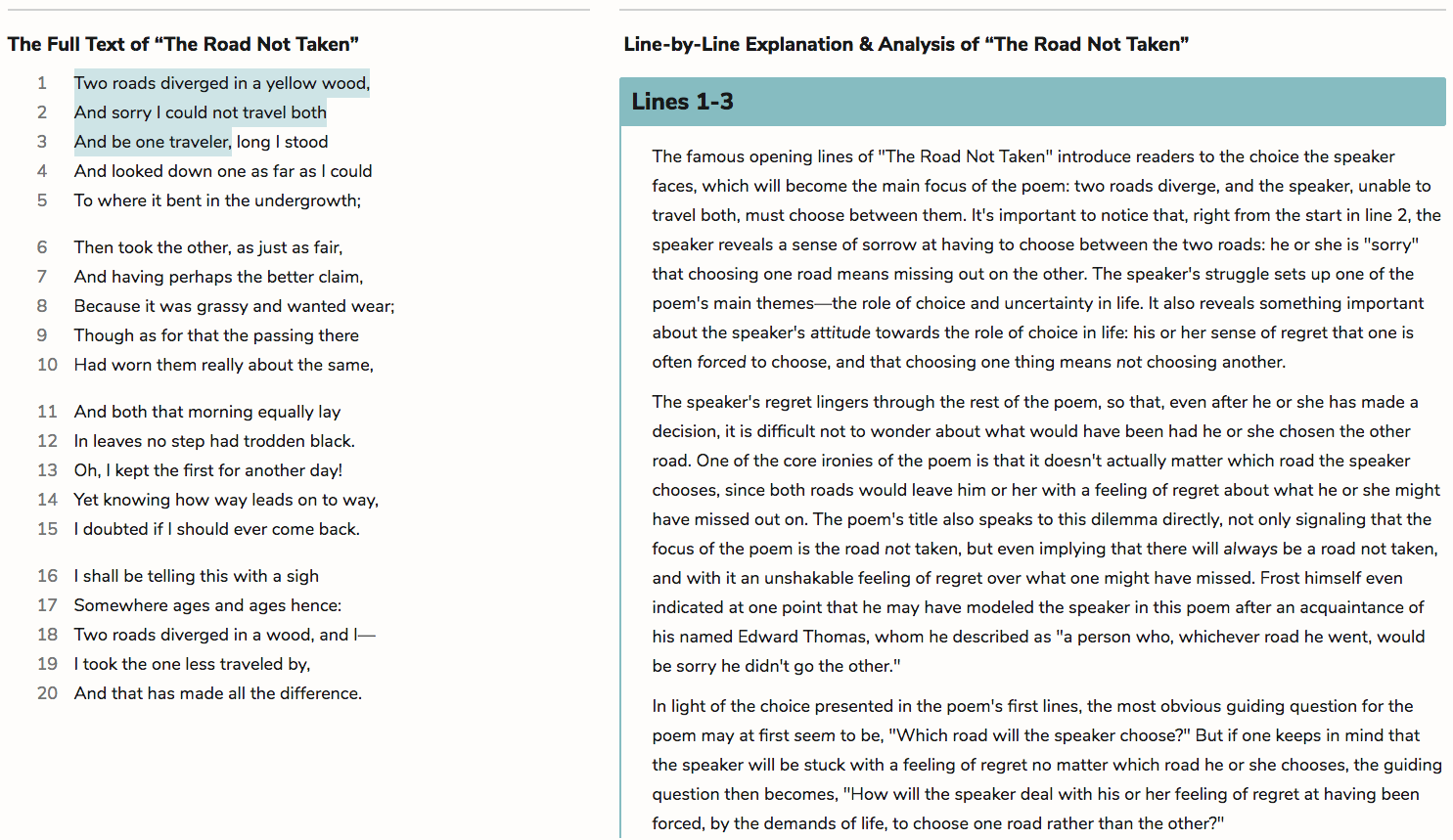


Literature Guide PDFs
LitCharts PDFs for every book you'll read this year.
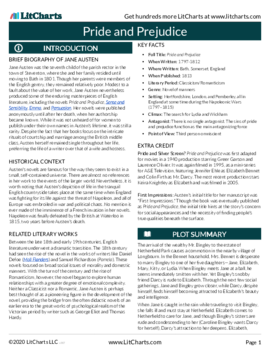


Quotes Explanations
For all 42,208 quotes we cover.
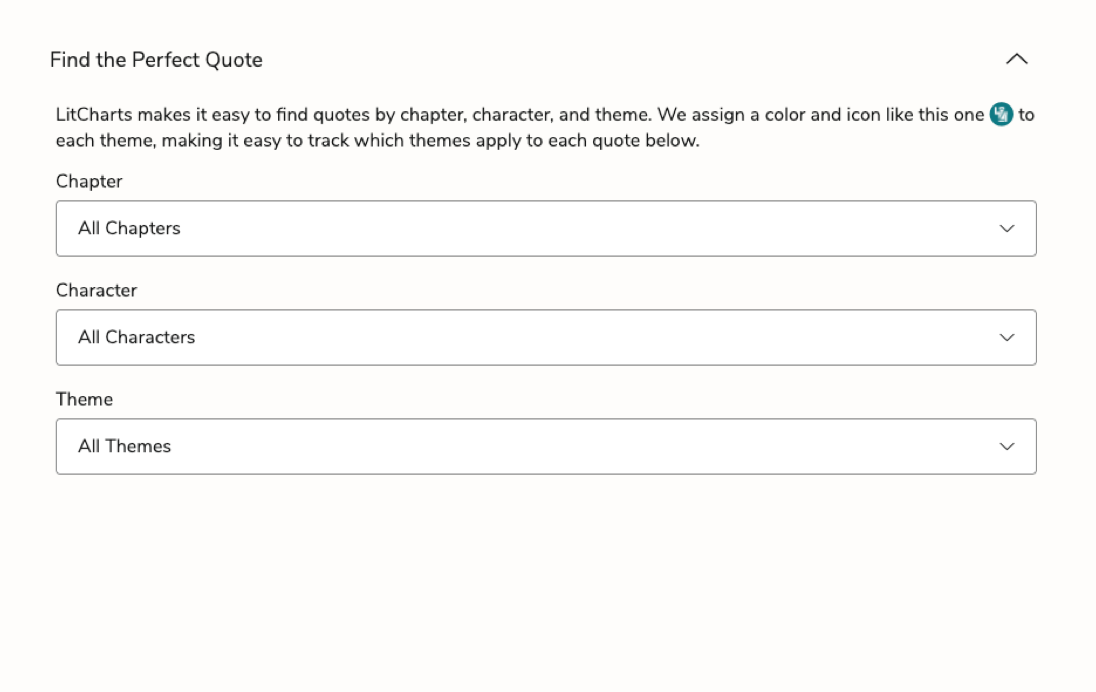
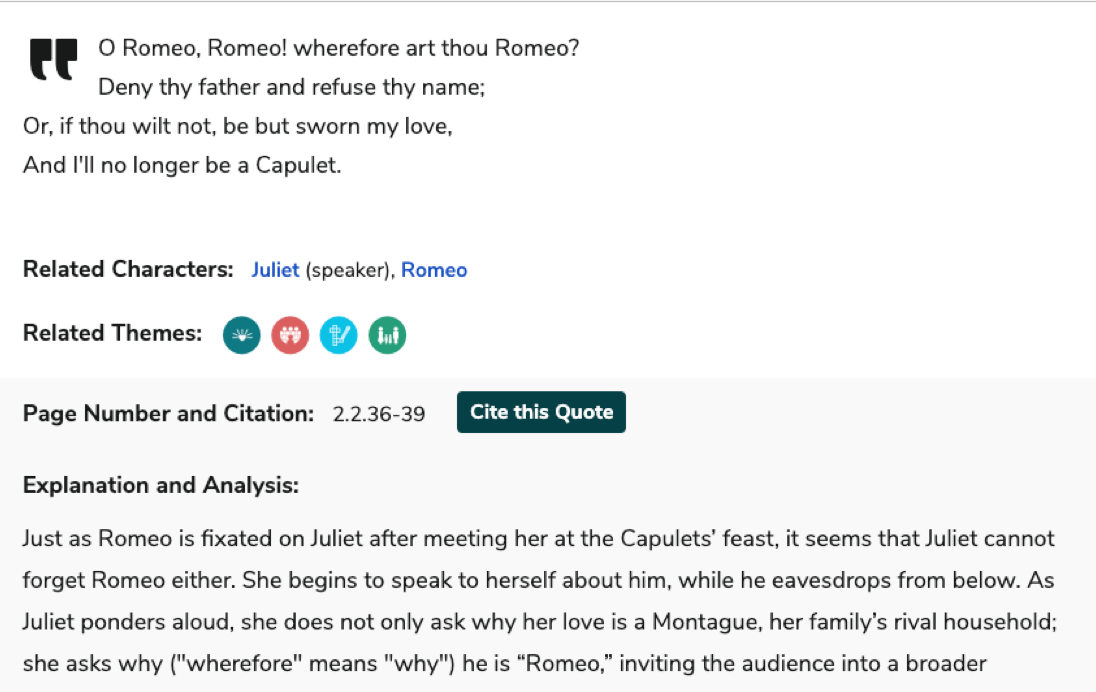
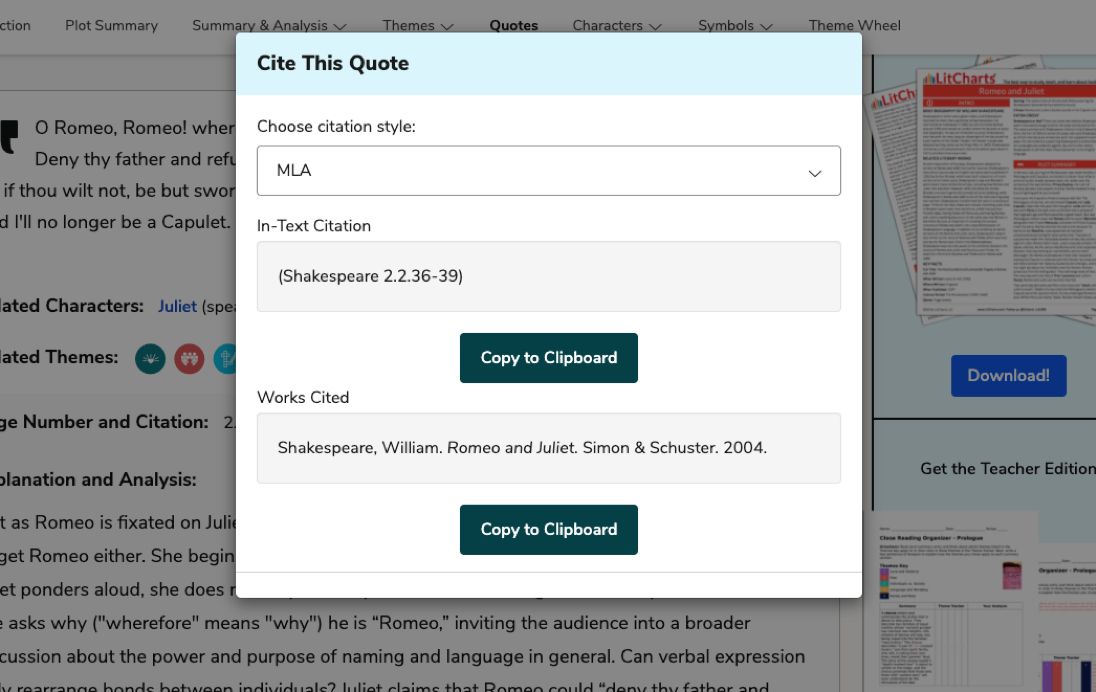


Teacher Editions
Time saved for teachers.
For every book we cover.
Common Core-aligned



PDFs of modern translations of every one of Shakespeare's 37 plays, 154 sonnets, and 3 longer poems.


Plus a quick-reference PDF with concise definitions of all 136 terms in one place.
